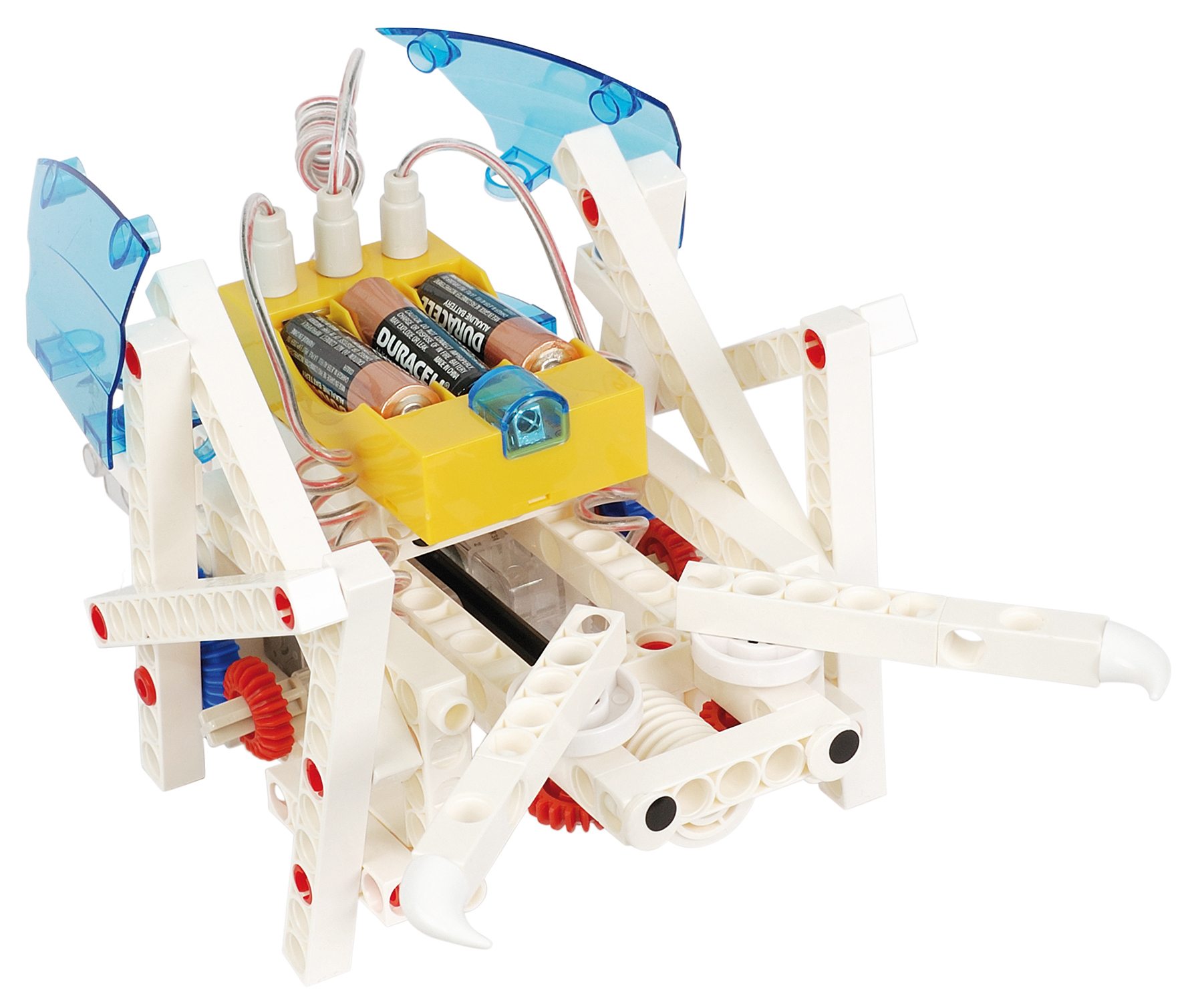

Now and again I hear the (somewhat humorous) refrain "where’s my flying car?" meant to bemoan the fact there here in the aughts, things aren’t quite as cool and futuristic as the World of Tomorrow promised it would be fifty years ago. It always makes me want to stop and argue that, quite to the contrary, we *are* living in a very high-tech, science-fiction-y future. Consider, each any every one of you reading this post probably needs at least two hands to count the number of lasers in your household (go ahead, I’ll wait – remember the DVD players, CD players, presentation pointers, laser levels, laser guides on tools, even laser sights on hunting weapons). Fifty years ago, not only the quantity you just added up, but the mere idea of household lasers would have been mind-blowing, but now, because we lived through what it takes to get here, these things seem mundane. I suppose my point is that the future never arrives on our doorstep packaged with a bow and ready to change our lives. It sneaks up on us, seeping into our lives in ways we don’t notice, until it’s part of us, and we’ve already moved on. Getting to some mythical future isn’t actually about arriving anywhere, but making the journey.
All that in way of commenting on a really interesting article in Scientific American this month about how robots were such a big deal in 2007.
The U.S. Department of Defense continued its quest to develop autonomous robotic technology that will eventually take the place of human soldiers in battle. In November, the Defense Advanced Research
Projects Agency (DARPA) hosted its 2007 DARPA Urban Challenge, a competition that tested the driving prowess of experimental driverless autos. "Boss," an SUV put together by a team including gearheads from Carnegie Mellon University, General Motors Corporation,
Caterpillar and Continental AG drove away with the $2 million grand prize. (The second- and third-place finishers were, respectively, built by groups at Stanford University and Virginia Polytechnic Institute and
State University.) Boss maintained an average speed of 14 miles per hour throughout the 55-mile course at the former George Air Force Base in Victorville, Calif., which was built to resemble an urban layout.
The autonomous vehicles demonstrated their abilities by changing lanes, merging onto roadways amidst fast-moving traffic and traversing busy intersections—using only sensors, global positioning systems and computers.
What this all says to me is that right now, we are already living, at least partway, in the future. The robots are with us – they just need to grow up a little. Link, via Boing Boing.


